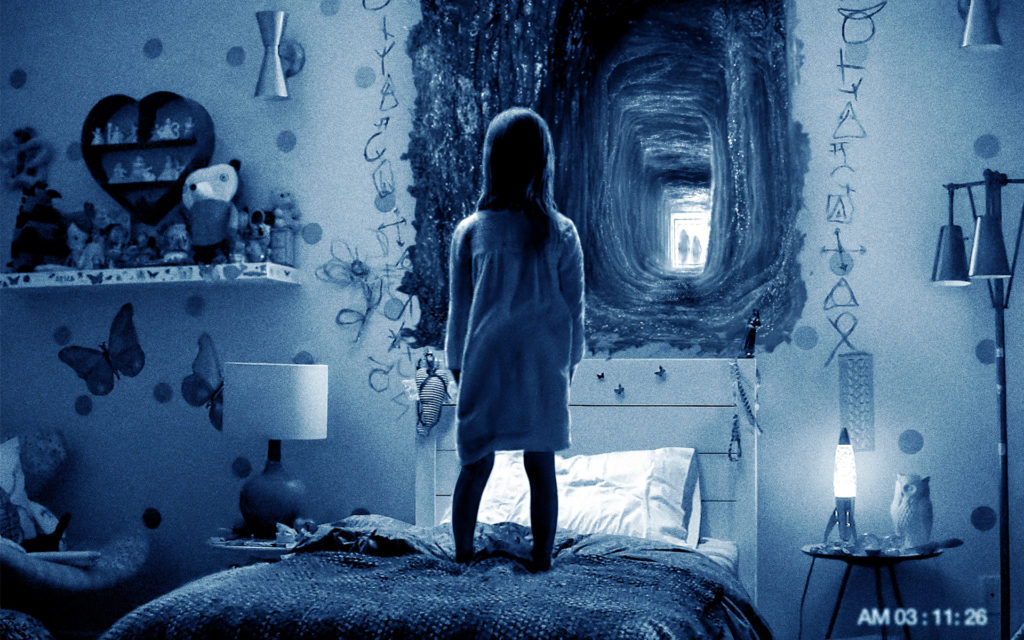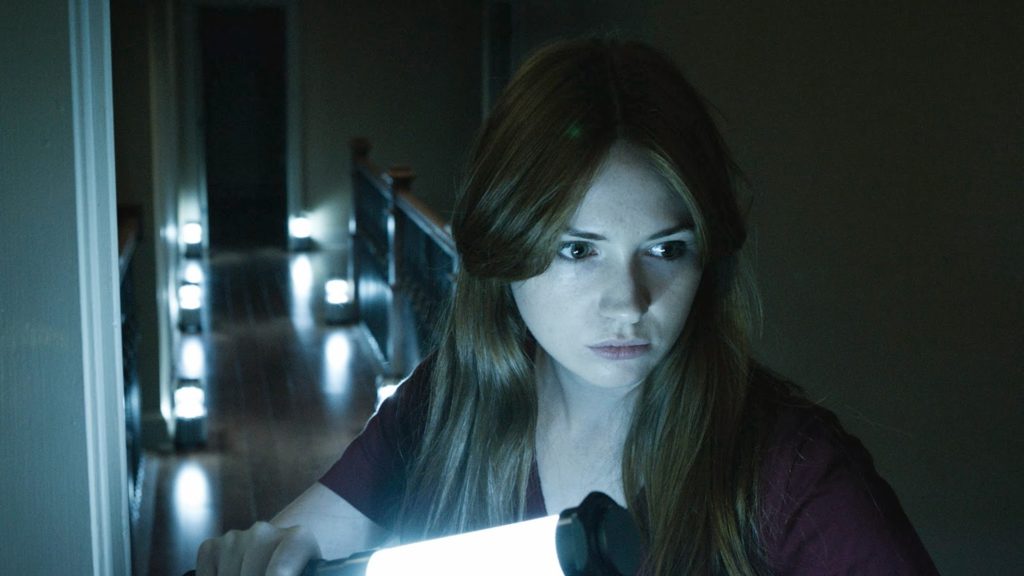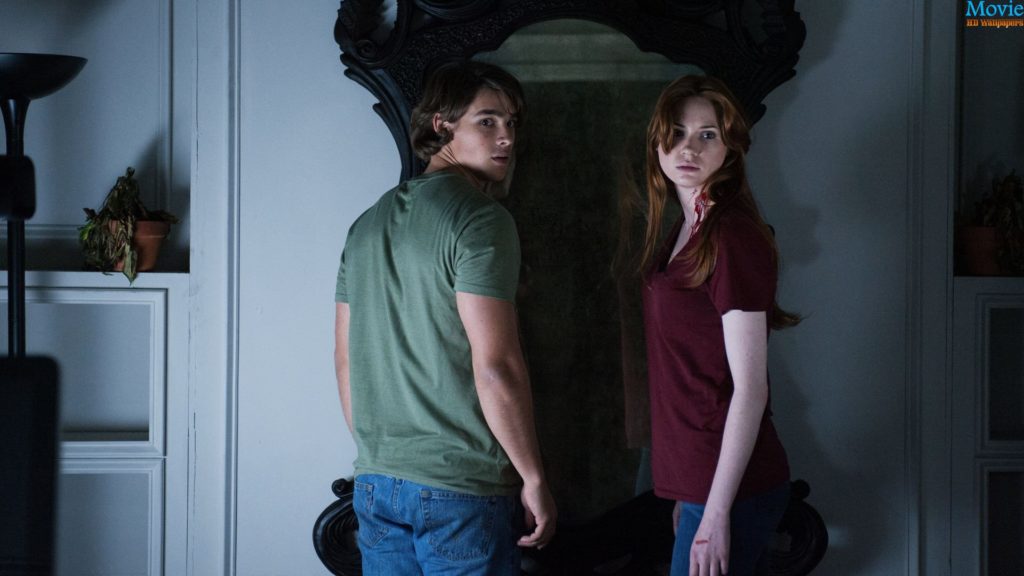A couple years ago I had some fun watching whatever schlock Netflix recommended I watch for Halloween. The fact that it was fun is exactly why horror is probably my favorite genre. It’s the only genre where I can get just as much enjoyment out of the bad examples as I do the good. There is a thin line between horror and comedy, so when someone misunderstands what makes something scary the result can be immensely gratifying.
But that was then. This year I want to take a different tact to celebrate my favorite season and call attention to some underrated fright flicks from the past few years that I think deserve more eyeballs. These aren’t necessarily masterpieces, but they are well worth the time and provide nice alternatives to Paranormal Activity Infinite: The Story Got Away From Us.

First is 2013’s Oculus. Now, there are a couple red flags here. The premise of evil mirrors isn’t terribly original and may even cause flashbacks to the Kiefer Sutherland vehicle Mirror, a movie which would been a hell of a lot better if they had just turned it into Jack Bauer Interrogates Himself. In addition, Oculus was produced by WWE Studios, which isn’t the first name you think of when it comes to great movies.
If you get past those initial “Ehh” factors, however, there is a very well-made and interesting ghost story here, and I’m not just talking about the supernatural hijinks. The premise revolves around a demonically possessed mirror that sucks the life force from those around it, and causing its victims to commit ghastly acts on those around them and/or themselves. Traditionally spooky stuff for sure. But what the movie really taps into is the idea that perception is malleable, and what is truly scary is not being able to determine which experiences actually happened.
Oculus does this in two ways. The first is the obvious route to go: the mirror is able to alter your perception of reality, making you see things that aren’t there or alter what is there. Not only does this lead to some great visuals (and a particularly great bit of suspense involving an apple), but it taps into a primal fear of not being able to rely on our senses.
The second way is through the characters themselves, a sister and brother who first met the mirror as children and are now coming back to face it as twenty-somethings. The film allows the narrative from both the past and the present to play out concurrently, mostly cutting between today and flashbacks to the decade prior. But Oculus acknowledges that ten years is a long time to recall things accurately, especially when you were a child, and the idea that they are not remembering events correctly becomes a point of conflict between the siblings in the movie’s best stretches.
And for the first half of the movie, Oculus goes a step further by questioning whether or not there is a supernatural presence at all, or if Kaylie (Karen Gillan) is simply perceiving events the way she wants to in order to absolve their father of the grisly crimes he was accused of. This being a horror movie, it doesn’t take long for the film to pivot back to squarely being on the side of spirits, but it still allows another avenue to explore the theme of how susceptible our experiences are to various influences.
As Oculus heads toward its climax, the past and present begin to blur together with the events of the different periods melding into each other. It becomes a nifty illustration of how our past experiences affect how we see the present. This preoccupation with perception is a great fit for a scary movie, and while it isn’t difficult to guess how the end plays out, the dedication to its underlying theme helps make Oculus more interesting than the sum of its parts might otherwise be.
And seriously, you’ll always look twice before eating an apple.


